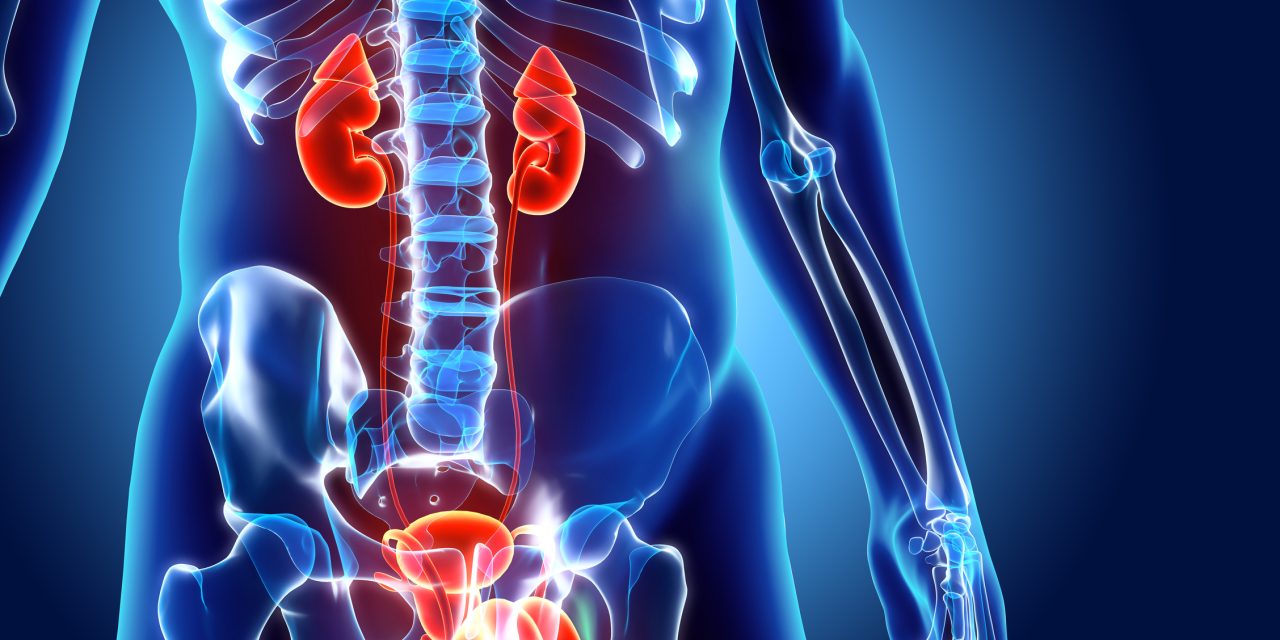Bladder neck stenosis (BNS) is a long-term complication of surgical procedures for benign prostatic hyperplasia (BPH). We performed a systematic literature review and a meta-analysis of the incidence of BNS after transurethral procedures for BPH.
We performed a systemic literature review using MEDLINE, EMBASE, and Cochrane Central Controlled Register of Trials. We accepted only randomized trials comparing transurethral resection of the prostate (TURP) vs. other transurethral surgery for BPH that were grouped in Ablation vs. Enucleation modalities. The incidences of BNS were pooled using the Cochran-Mantel-Haenszel Method with the random effect model and expressed as Risk Ratios, 95% Confidence Intervals, and p values. Study heterogeneity was assessed utilizing the I value.
72 studies were identified for meta-analysis, 46 comparing TURP vs. Ablation and 26 TURP vs. Enucleation. The pooled incidence of BNS was 1.3% after TURP, 0.66% after enucleation and 1.2% after Ablation. The incidence of BNS was higher after TURP than after Enucleation but the difference was not statistically significant (RR 1.75 95% CI 0.81-3.79, p = 0.16). There was no significant heterogeneity among the studies (I 0%, Chi 4.11, p = 0.90). The incidence of BNS was higher after TURP than after Ablation, but the difference was not statistically significant (RR 1.31, 95% CI 0.82-2.11, p = 0.26) with no significant heterogeneity (I 0%, Chi 21.1, p = 0.51).
Our study showed no difference in the rate of BNS incidence among randomized trials comparing TURP vs. Ablation vs. Enucleation and can be used as a reference to counsel patients undergoing BPH surgery.
Bladder neck stenosis after transurethral prostate surgery: a systematic review and meta-analysis.


